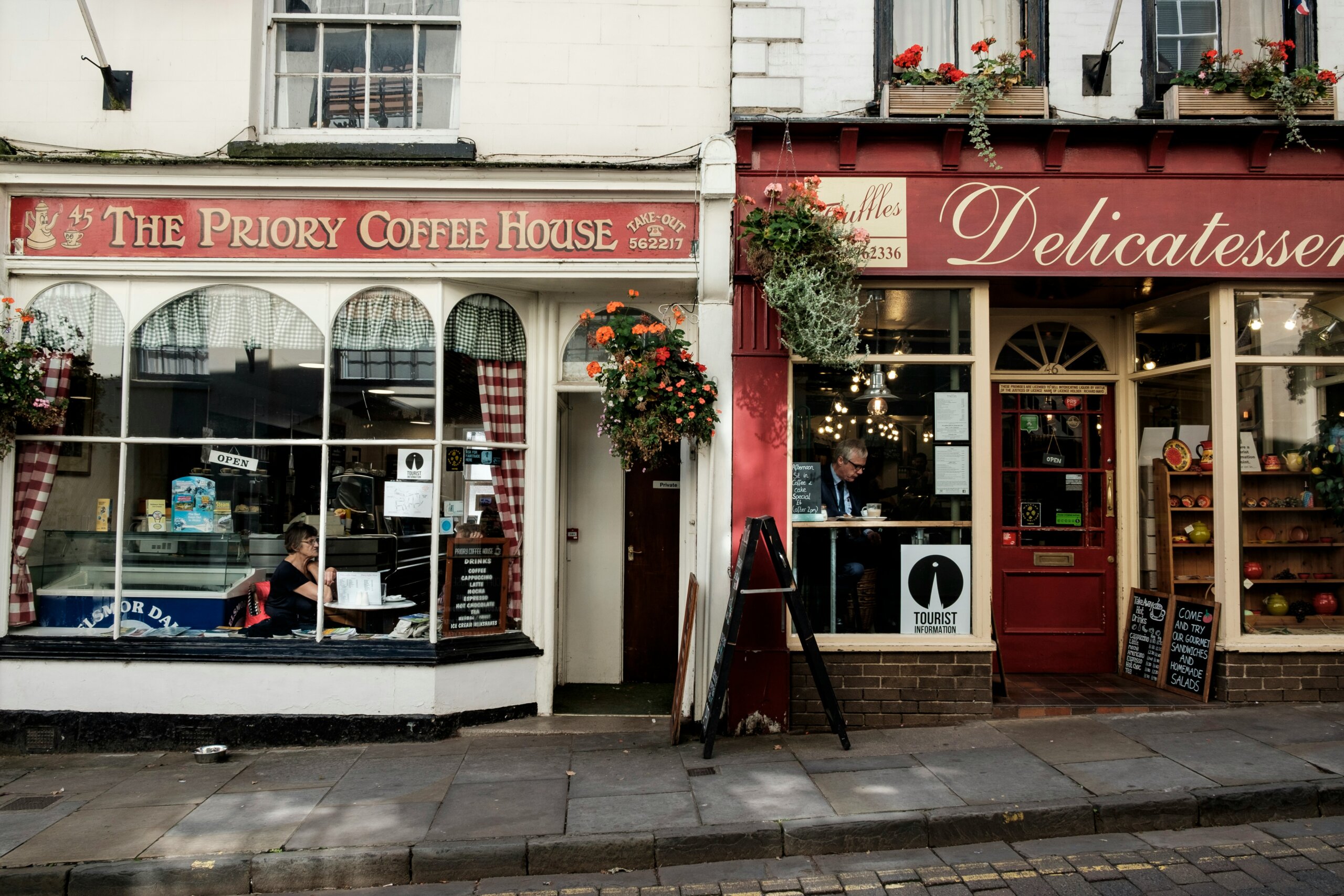
The world’s greatest cities will always have their place. But, more and more, people are choosing to step off the crowded boulevards and focus their hearts on smaller streets. They seem to be seeking something quieter, more intimate, and less polished.
In small towns, the pace softens, the air shifts, and the welcome feels personal. What you take home isn’t a checklist of must-sees, but a collection of moments stitched together by the rhythm of daily life.
Why Small Towns Are Rising
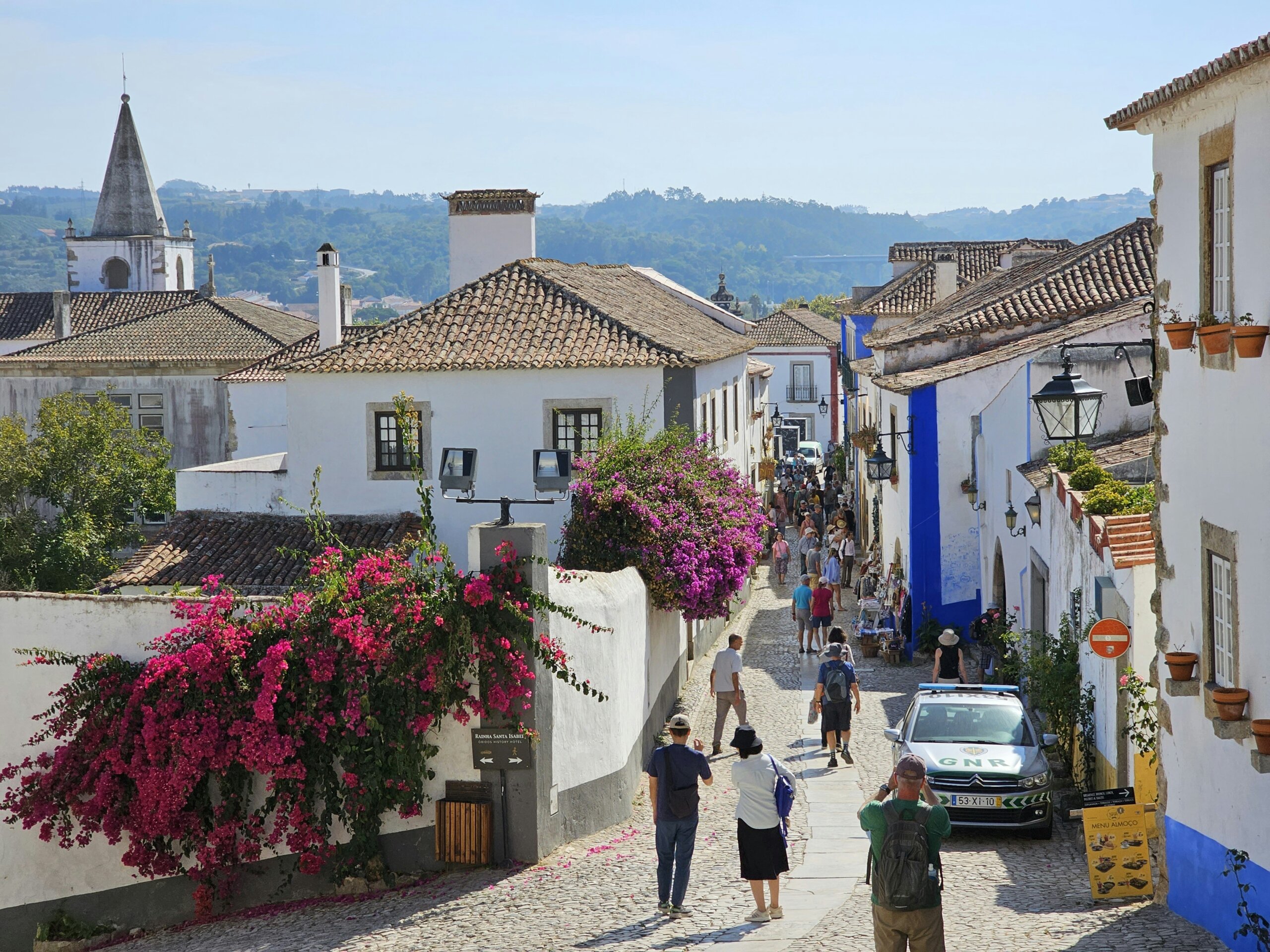
Travel once meant chasing the grand capitals and ticking off landmarks we’d seen a hundred times in textbooks and photographs.
Lately, though, the tide has turned. Small towns are drawing people in with their promise of authenticity and ease.
In these sacred spaces, the coffee is poured by the café owner who knows the names of the regulars; beds creak in family-run inns where history lives in the walls; usic seeps out of doorways, not as performance, but as a part of the everyday fabric.
In small towns, the rowds are fewer, the costs are lighter, and time feels less hurried. The absence of endless queues and neon distractions creates space for something far more meaningful: stumbling into a farmers’ market, being invited into a conversation at a local pub, or simply wandering down a quiet lane with no map at all.
In an age of speed and scale, small towns whisper a different kind of invitation: come on over, slow down, connect, and savor the moment.
Hudson, New York
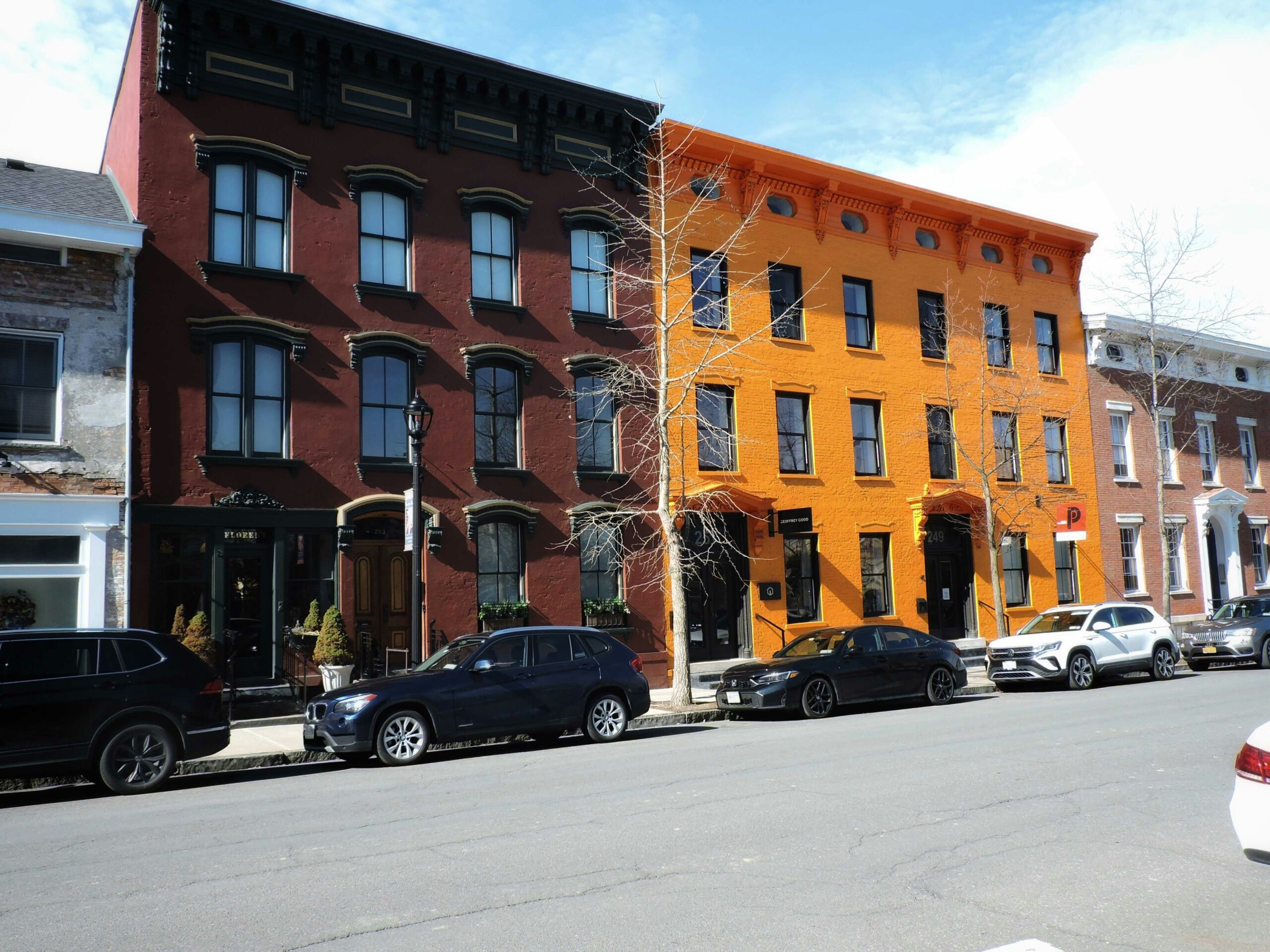
Hudson stands in such stark contrast to New York City, it’s hard to believe it’s only a two-hour train ride on Metro-North.
Once a whaling town, it’s since transformed into a haven for artists, antique hunters, and people chasing the romance of a slower pace. The streets are lined with 19th-century buildings that now house galleries, independent bookstores, and wine bars glowing in the soft light.
What makes Hudson irresistible is the way it mixes creativity and history into one walkable stretch. You can start with a morning at the farmers’ market, wander through shops filled with treasures, then end the day with live music spilling from a tucked-away venue. It’s small enough to feel personal, yet rich enough to keep you wanting more.
Roundstone, Ireland
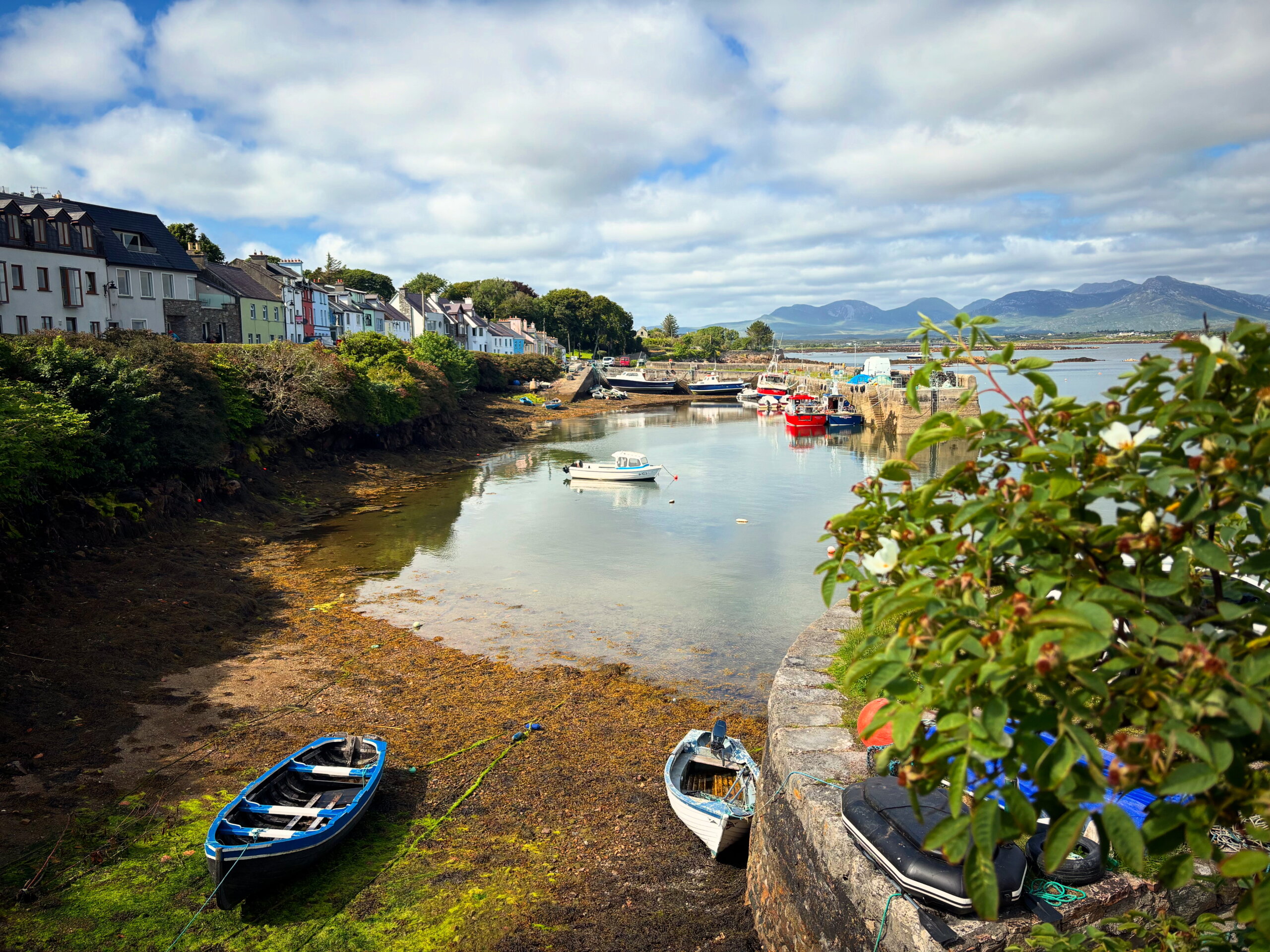
One of the jewels in Connemara’s crown is Roundstone, a fishing village that’s slipped out of time. Its beauty is quiet but memorable, from the painted houses along the harbor to the deep blues and greens of the surrounding hills.
By night, the village grows blissfully still. The calm is only broken by the sound of the tide and the soft laughter spilling from its pubs. Here, the locals will greet you with the kind of easy warmth that makes you feel less like a visitor and more like a welcome guest.
Roundstone may be small, but it sits at the heart of some of Connemara’s finest landscapes. Just minutes away, you’ll find the twin beaches of Dog’s Bay and Gurteen. They’re crescent-shaped moons of white sand and turquoise water that you could mistake for the Caribbean, were it not for the surrounding Irish cliffs.
Then, you have the Skye Road, one of the most scenic drives in Ireland. It’s about 30 minutes away and it offers endless views out over the islands and sea. In this sacred corner of Ireland, life moves slowly, but the colors and the landscapes leave an impression that will last long after you’ve left.
Carmel-by-the-Sea, California

Carmel sits by the sea like a painter’s dream. Its streets wind past whitewashed cottages and art studios, all softened by blooms that spill over the stone walls. When you’re here, you’ll hear the Pacific crashing against the rugged coastline as the air carries the mingled scents of salt and pine.
What sets Carmel apart is its layered charm. You could spend the morning wandering the art galleries, stop for a slow lunch in a sunlit courtyard, and then end the day watching the sun paint the sky in golden rays of orange.
Óbidos, Portugal
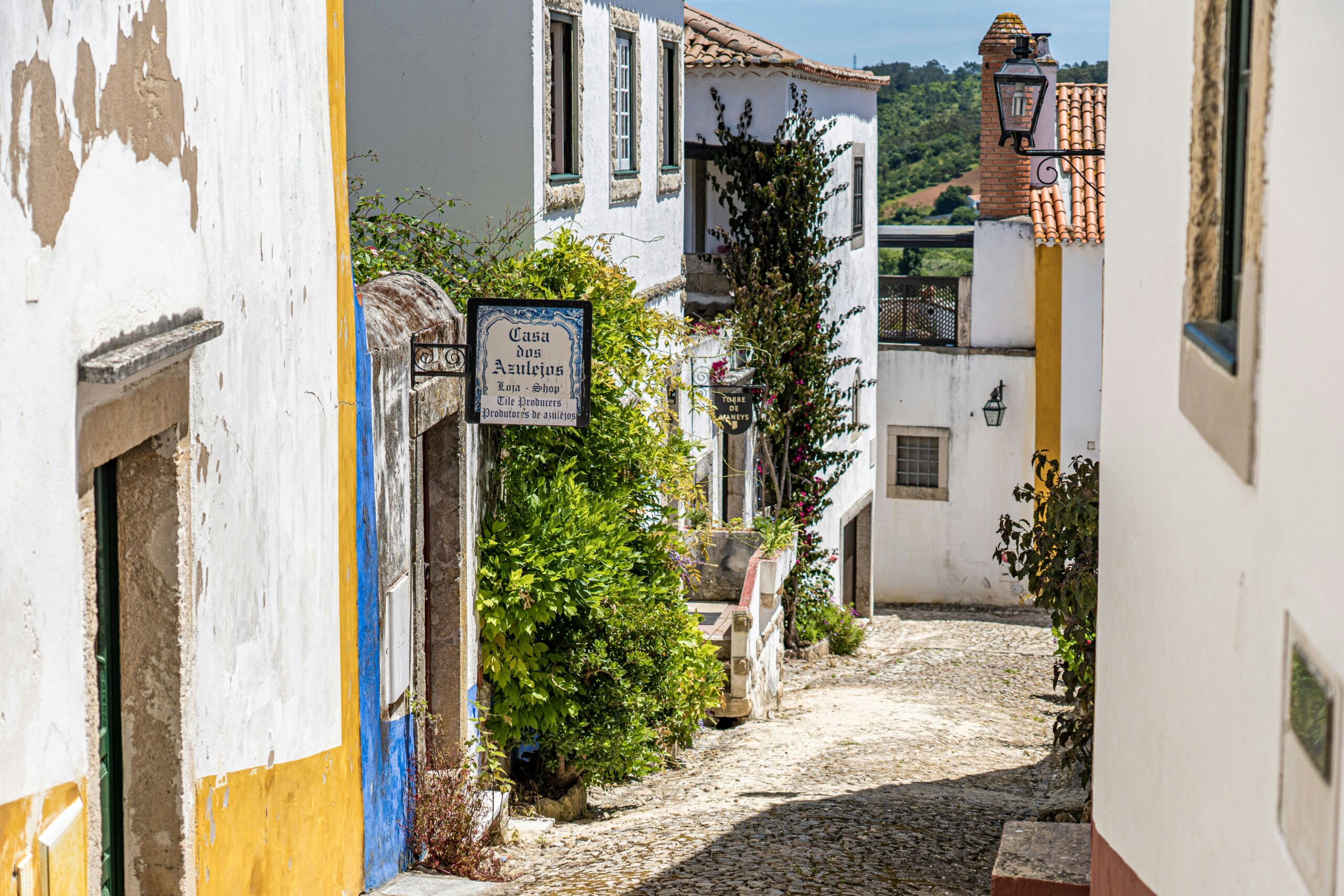
When winter settles into Europe, people love to head south, particularly to Portugal and Spain. While Madeira is a hotspot for a reason, there’s a better secret waiting to be told.
Encircled by medieval walls, you’ll find Óbidos, a town that rises from the hilltop like a vision from another age. Whitewashed houses with painted trim crowd the cobbled streets as bougainvillea spills from their windowsills in bright cascades. Every corner is made for wandering and, every time you go back, you’ll find a new detail you missed before.
One of Óbidos’ greatest delights is its love affair with books. The town has filled old churches, markets, and even a firehouse with shelves, creating a destination for readers as much as history seekers. Add in a glass of ginjinha, the cherry liqueur poured into tiny chocolate cups, and you have a town where simple pleasures seem to last forever.
St Andrews, Scotland
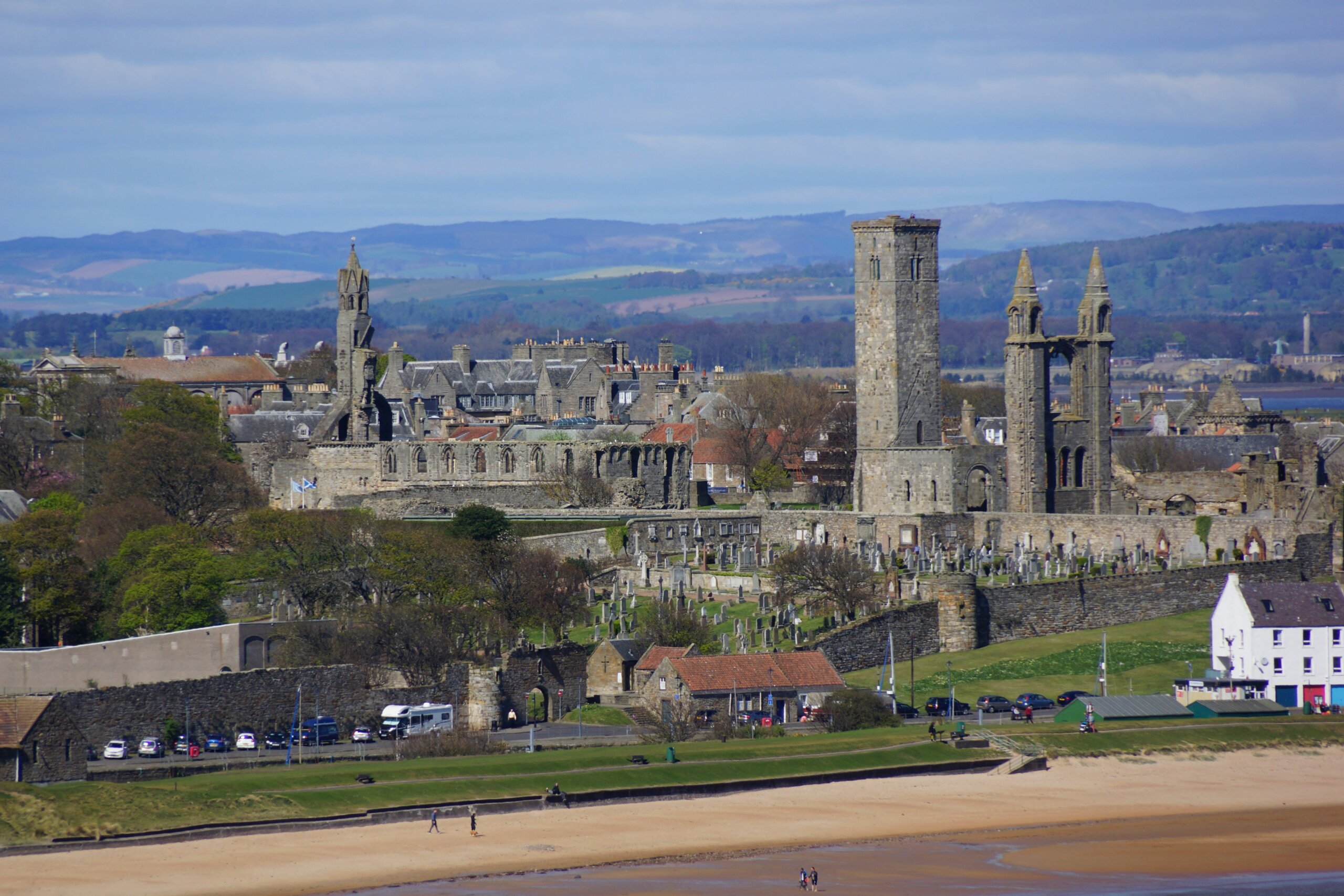
Though known as the birthplace of golf, St Andrews is much more than its fairways. Perched on Scotland’s eastern coast, it holds centuries of history in its ruined cathedral, castle overlooking the sea, and ancient university cloisters. The wind here smells of salt and stone as the gulls swirl above the medieval spires.
St Andrews is a sacred space to wander slowly. You can walk the West Sands, where the tide stretches out into the silver distance, then mozy into town for a pint in a pub that’s been there for centuries. The Central, for example, has been pouring pints since the 1800s. Students and locals still gather there today to trade stories over the beautifully worn wooden bar.
A Different Way to Wander
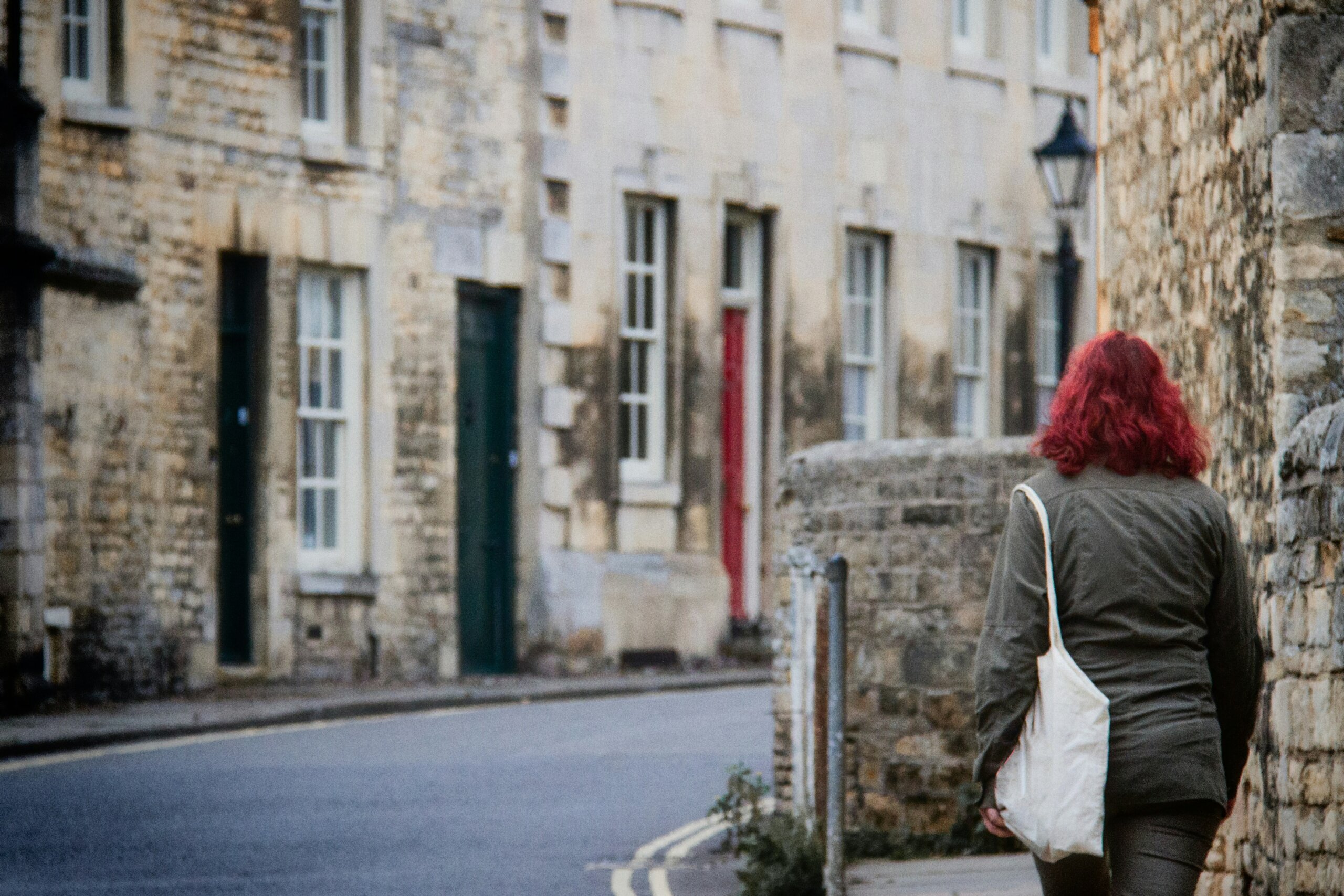
Small towns offer intimacy instead of spectacle, moments instead of monuments. Choosing them isn’t about giving up on big cities, but about remembering that travel can also be found in quiet corners.
If you’d like to discover more places where life moves at a gentler pace, come have a look at our library of destination guides. We’re always searching for hidden towns, coastal walks, and quiet corners that rarely make the spotlight. Perhaps, someday, we’ll even cross paths in some tucked-away square, watching the lights come on as the world slows down around us.
